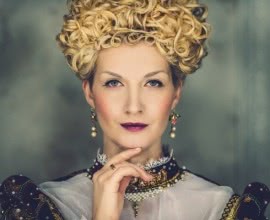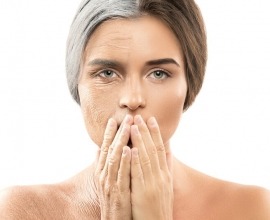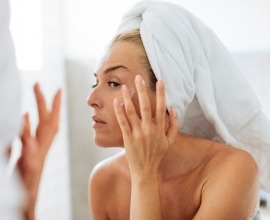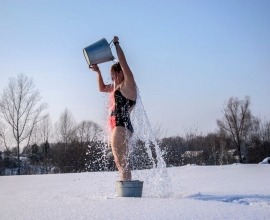Ideas of Beauty in History
If we are to consult the advertisements, online media and popular films of today it is not hard to establish what the current idea of beauty revolves around. Across the board the ideal body is wrinkle free, toned and slender wherever you find it depicted and it has helped to create an entire market for industries like cosmetic surgery. People go to great lengths to achieve such body images through plastic surgery procedures like breast augmentation, tummy tucks and nose surgery, just some of the procedures that are now practiced across the world. With so many millions of people turning to plastic surgery we might think that we are the most beauty obsessed generation in history, but this is not quite the case. In this article we take a look at the lengths that people have gone to many hundreds of years ago to achieve similar results.
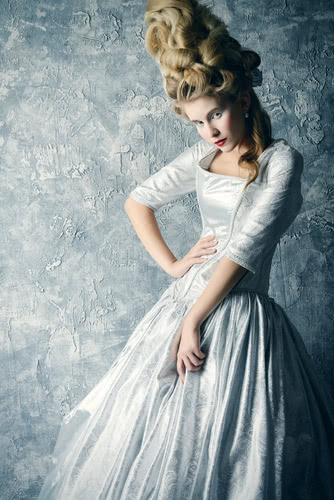
Tudor England is one of the main contenders for rivalling our standards of beauty. In an age where presentation was everything both men and women turned to new make-up innovations in order to perfect their appearance. Today we might suggest a botox injection to even out wrinkles or hard lines but in the 1600s you would probably be washing your face with a mixture of mercury, alum and donkey’s milk to solve the problem. The chemical ingredients were famed for whitening the skin, but at the heavy price of irreparable damage and poisoning due to their harsh nature. The Tudors were a step ahead of the gastric balloon and tummy tuck generation with their use of corsets, too. Keeping trim was taken to new levels with the use of these whale-bone jackets for women that ‘underpinned’ the body, sometimes causing great damage if worn for long periods of time.
Like Tudor England the craze for beauty was an upper class and regal issue in Asia, too. From around the 10th Century in China the highest ranks of society began to paint their nails and powder their faces with natural pigments as the Tudors did later (minus the deadly mercury), but they introduced another fatal procedure that would allow women to meet beauty standards. Foot binding spread over many years from the top to the bottom of society and on to Japan, seeing many women have their feet bound so that their bones were forced into a painful position to reduce their foot size. They came to be admired for their tiny feet and it was necessary for many social rituals but is looked back upon as a shameful practice to this day.
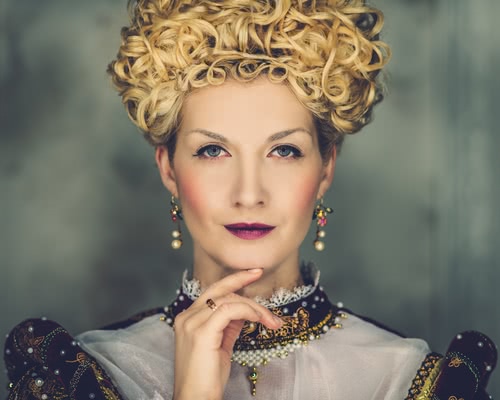
Looking back it seems that people have always been willing to suffer for their beauty in some way or another throughout history but now we at least have the choice to make our own decisions rather than conform to a widespread, aristocratic social convention. Or maybe we have not changed as much as we think, as numbers of cosmetic surgery procedures increase in the millions every year. Either way it seems that beauty manifests itself in many peculiar ways and can be achieved in just as many ways too.
Sources:
https://theelizabethans1558.wordpress.com/2015/07/08/elizabethan-make-up-what-price-beauty/
http://beautifulwithbrains.com/2010/05/20/beauty-history-the-elizabethan-era/
http://timesoftudors.blogspot.cz/2013/02/the-ideal-beauty.html
http://www.historyundressed.com/2008/06/ancient-ritual-of-footbinding.html

